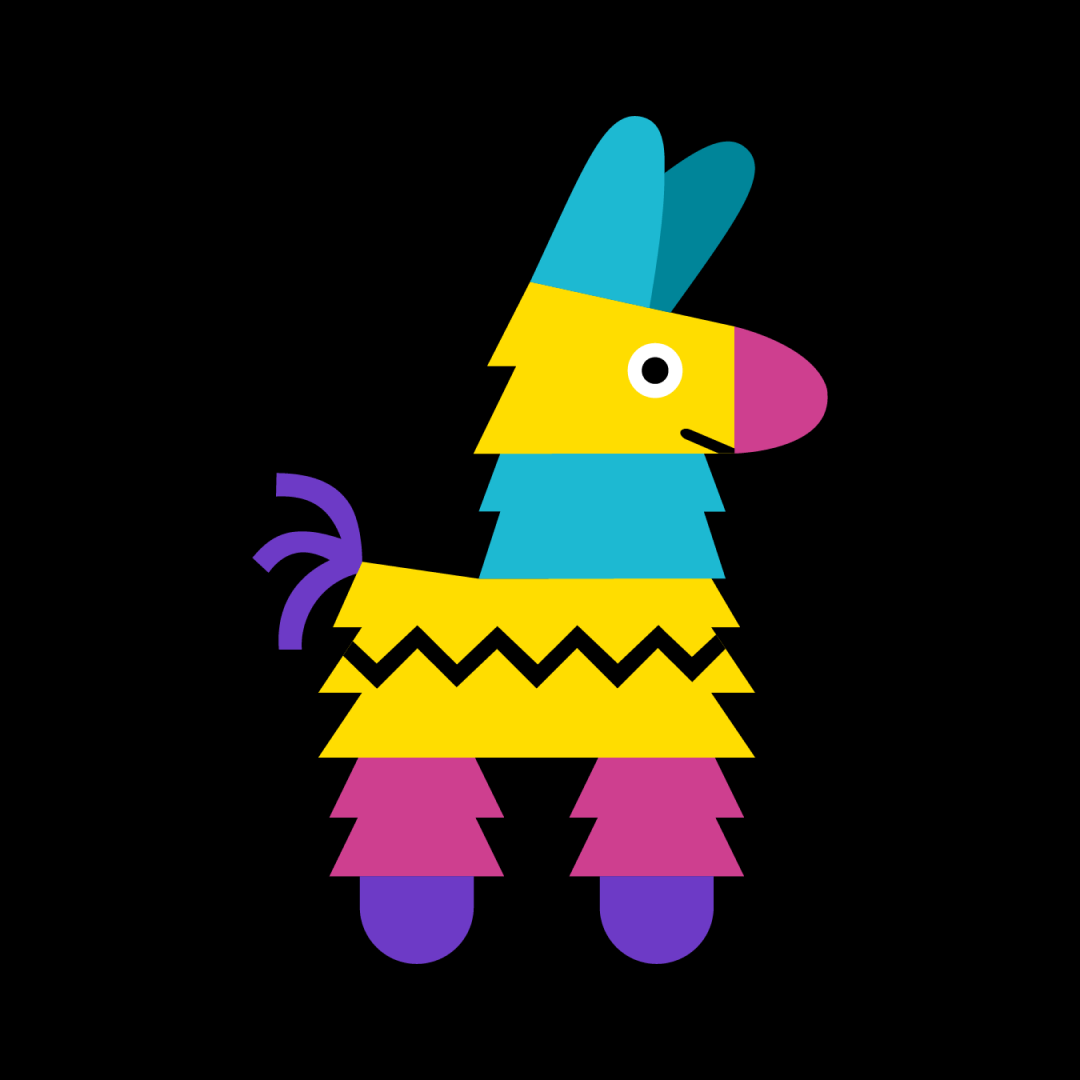Back to blog
Meet Paulo - Pinata's Inventive Builder
1) Tell me about your background & role at Pinata
I've been working as a software developer for 8+ years now, mostly as a front-end developer, but with a few years of full-stack experience in there too. I’ve been with Pinata for about a year now. In my current role, I am part of a team working on the front-end of the main Pinata application.
When I began at Pinata, we had less than 20 employees in total. To be able to watch this company evolve into what it is today has been a rewarding experience for me. I truly believe our company’s vision is special and worth pursuing - the ability to give our customers true power over their content.
2) How did you become interested in web3?
I’ve always been interested in technology. I became interested in blockchain and crypto what feels like a very long time ago - before the hype began in web3. I believe that the technology behind blockchain and crypto are innovative and interesting tools, and I knew I wanted to work with them in some capacity.
I waited a decent amount of time before entering a role in the web3 space because I wanted the technology to have the chance to mature more and for more use cases to be available. Once I found Pinata, learned how its technology worked, and how it incorporated IPFS, it all made sense to me, and I decided to pursue a career in the space.
3) What has been the most challenging parts of being an engineer? What has been the most rewarding parts?
One of the most challenging things I’ve found about being an engineer would be that whatever it is that you’re learning now, it’ll probably become obsolete in the next 2-3 years. With that being said, a good engineer must focus on learning the basics and having a solid mindset that you’ll have to adapt often. Being able to learn new things and adjust to new frameworks can also be very rewarding as I’m constantly gaining knowledge in my profession. If you’re really good at the foundational basics, you’re able to take on and understand higher-level technologies, and eventually provide more value to your team and your role.
With my role at Pinata and as an engineer, we are in the process of building tools and technologies that we often only work with for a small amount of time, then move to our next priority. For 2-3 weeks we focus on building a project or tool, and from there, we ship it to 1000s of people who are going to test it, work with it, and hopefully find value in it. To me, that is really rewarding. Being able to create something with my hands and knowing that serving a purpose for other people and the goals they want to achieve, and repeating that process over and over - is a very fulfilling part of the experience of being an engineer.
4) You recently built an app store prototype using Pinata. What was your motivation, and what was your experience building it?
My motivation for creating the app store prototype was largely due to the fact that the technology in web3 is maturing, and the space now has many use cases, but not many user-friendly products. Most, if not all web3 technologies require a solid understanding and knowledge of the technology to get to building. I see that as a barrier to entry for people entering web3. So, I challenged myself to use Pinata’s tools to create a platform that makes it easier for people looking to share their content in web3 in a secure and seamless way.
I coded the project myself and was able to work through all of the bugs and kinks myself to get it to a good place. In the end, I created two things: an app store prototype, and a workable app within the prototype.
In my app store prototype, I wanted to showcase what a potential app store could look like and what products could be showcased to an audience. From things like a built-in minting app to a website creator for IPFS, the possibilities were endless when thinking of ideas to be used in this prototype. It was great to create a prototype of something that worked, but more than that I wanted to go deeper and build something more specific to Pinata and its tools.
In the end, the final product was an app that analyzed all video content from one’s Pinata account and ranked the videos based on their content. It would organize your content based on these rankings, eventually creating something very similar to the Youtube interface.
5) What are two things that a front-end engineer beginning their career in web3 should know?
I think the most important thing to know is that beginning with solid foundational engineering knowledge and experience with blockchain technology can drastically help, especially early in their career. Regular development with backhand servers works very differently in web3, so having that base understanding of the technology is a game-changer. Overall, the more you understand about web3, the more you will be able to provide value to your team, company, and customers.
Next, I think it's important to understand that a lot of customers in web3 may not always know or understand exactly what it is they need or want. It is the job of an engineer on the technical side of the platform to be able to create products easy that are to understand and secure. This leaves room for your customer to grow and understand the technology, learn how it's helping them, and how they can grow to utilize it more.

